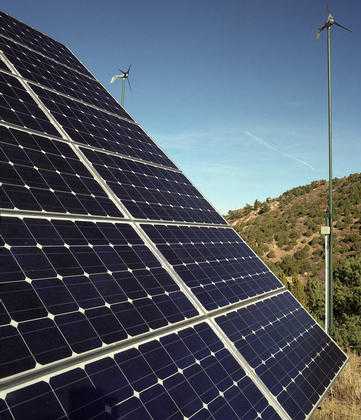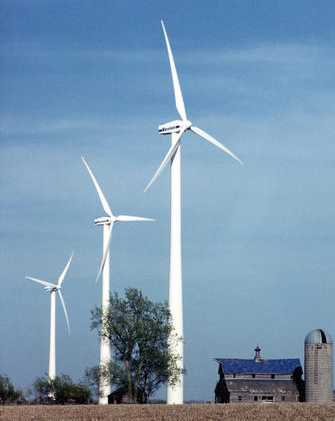on Markets, Policy, Investment, and Future Pathways
by Eric Martinot


|
Renewable Energy Information on Markets, Policy, Investment, and Future Pathways by Eric Martinot |
 |
 |
The vision for Cape Town in 2020 sees the city as a leader in meeting energy needs in a sustainable way, where everyone has access to affordable and healthy energy services, where energy is used efficiently, and where transport is efficient, equitable, and emphasizes public transport and compact planning.
Four primary targets are: (1) 10% renewable energy supply by 2020; (2) 10% of households have solar water heaters by 2010; (3) 90% of households have compact flourescent light bulbs by 2010; (4) 5% reduction in local government electricity consumption by 2010.
The city found that half of its energy use was for transport. The most significant greenhouse gas emissions from city and public facilities were found to be from landfill gas, streetlights, and city government buildings and vehicles. So initial projects have focused on landfill sites and city government buildings and vehicles. Pilot projects and full-scale implementation are planned in all sectors: energy supply, transport, government, residential and commercial, and industrial.
As part of Capetown's Integrated Metropolitan Environmental Policy (IMEP), which was adopted in 2001, a draft energy strategy for the city was completed in October 2003. The strategy sets out a number of vision statements, sectoral campaigns, targets, and timeframes.
Page updated December 10, 2004
Photo credits C. Babcock, W. Gretz and
DOE/NREL Photo Information Exchange